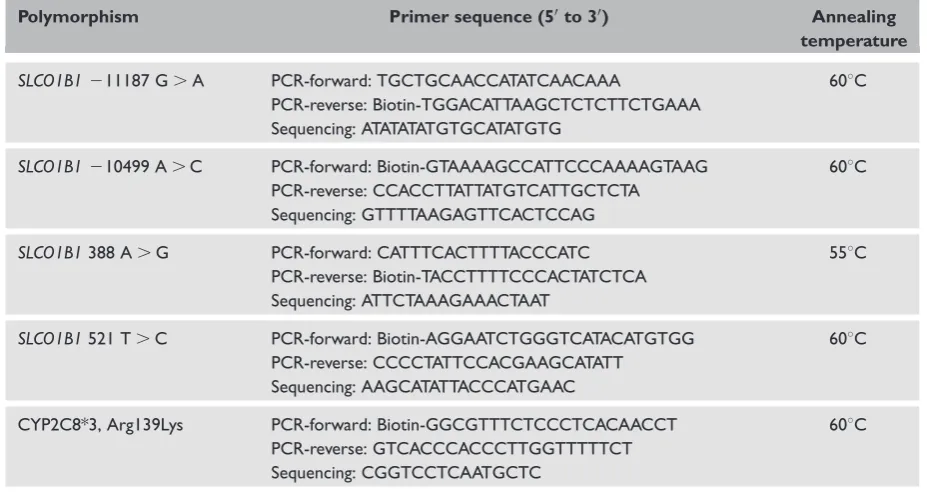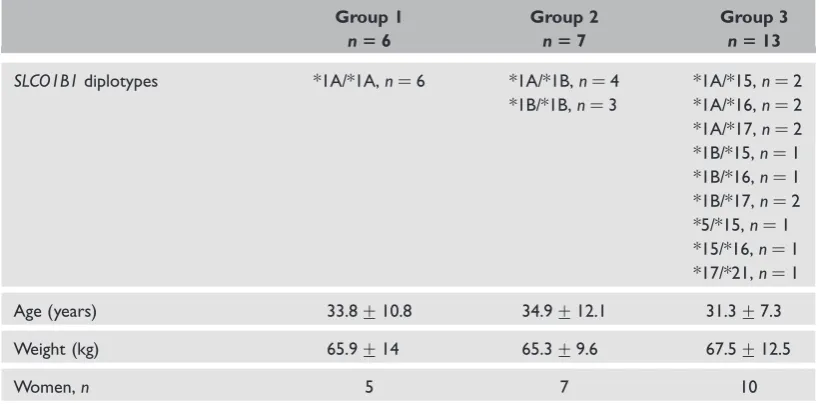Influence of SLCO1B1 and CYP2C8gene polymorphisms on rosiglitazone pharmacokinetics in healthy volunteers
Full text
Figure



Related documents
MedAustron facility at beam height. A full annual ambient dose equivalent map of the MedAustron accelerator facility as well as close surroundings can be obtained by summation of the
Global health care policy, as previously mentioned, now has a strong self-care focus and various strategies have been put in place to encourage consumers (and pharmacists) to have
She also had Kapha– vata prakriti, avar sara (sub optimal body tissue), madhyam samhanan (optimal body built), madhyam satmya (optimal homologa- tion), and avar satva
Services have well-defined interfaces based standard protocols (usually web-services but most definitions mention that it is not the only possible implementation) as well
The models, calibrated in a case study on the Noce river in the Basilicata region (Italy), were applied at the basin scale, allowing one to as- sess preliminary and final hazard maps
Therefore, although immunofluorescence detected a significant increase in cell surface SR-BLII expression in macrophages upon cholesterol loading, it remains
T he most informative studies of the effects of environmental chemicals on the endocrine sys- tem in children concern 2 ubiquitous, persis- tent halogenated organic pollutant
Neoclassical economists justify applying reproduction cost because it most accurately represents the workings of a competitive economy. In the long ran, a competitive economy